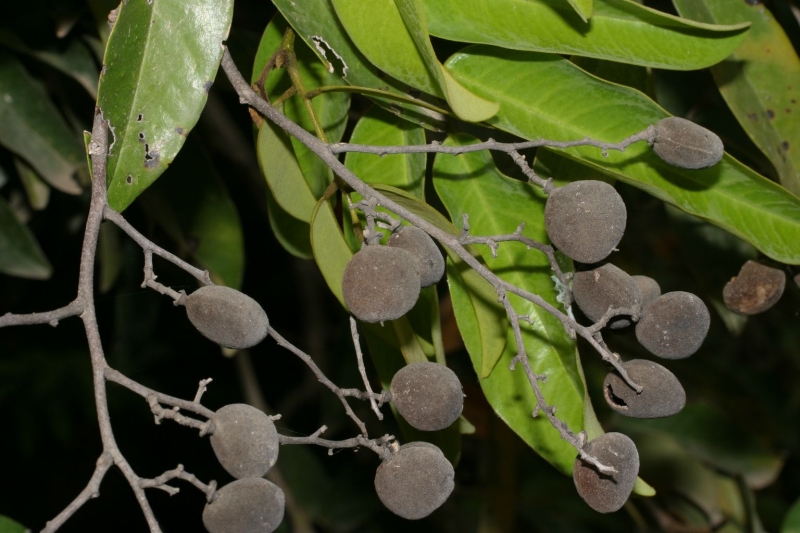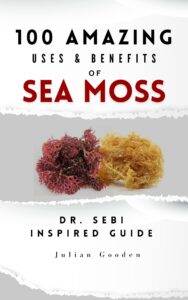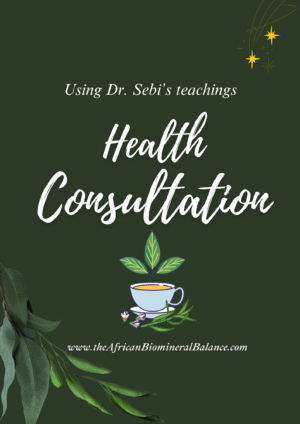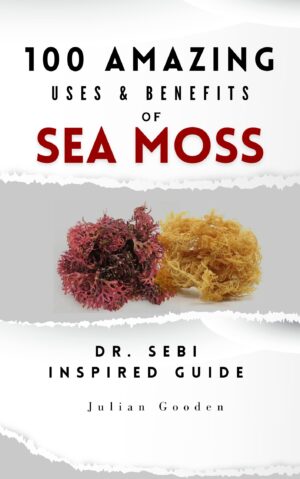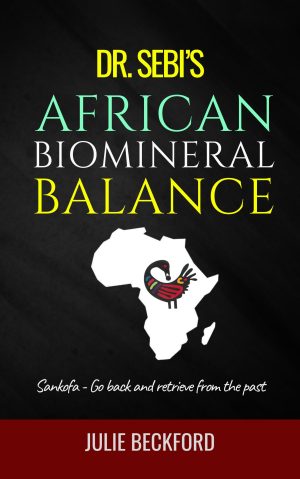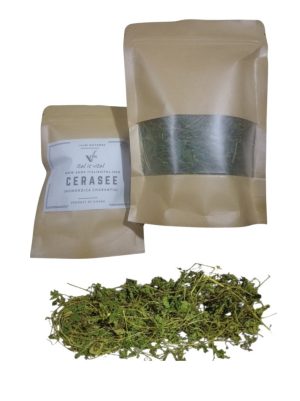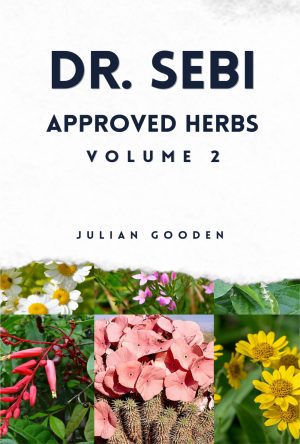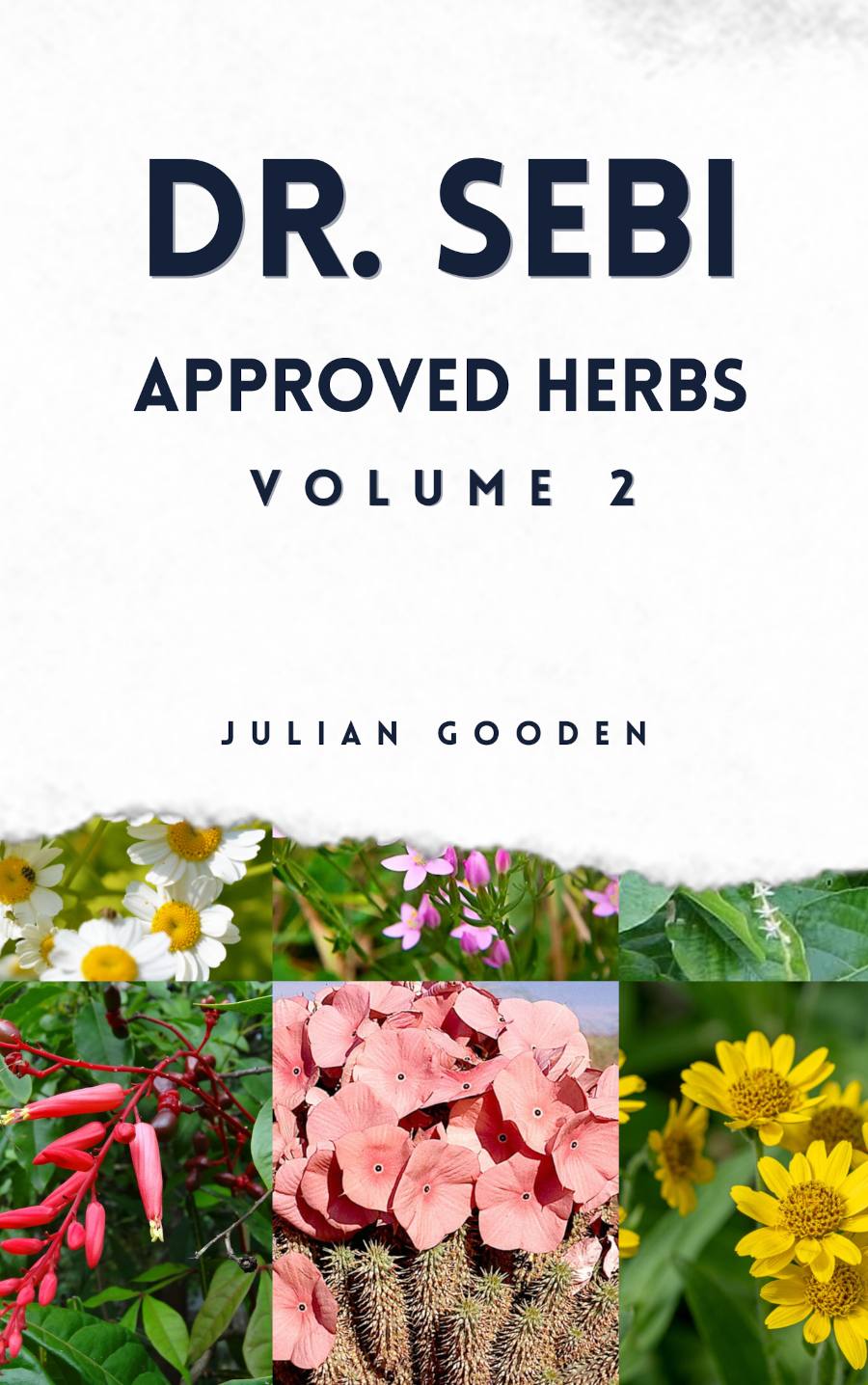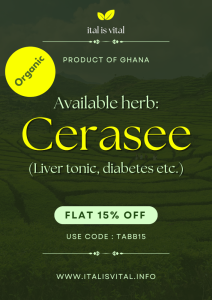Dr. Sebi spoke about a herb called “Popa,” as such, I decided to investigate to find out more about this herb.
According to Wisdom Library, three plants are acknowledged in their local environment as “Popa” – they include:
1) Popa in Benin is the name of a plant defined as Waltheria indica in various botanical sources. This page contains potential references in Ayurveda, modern medicine, and other folk traditions or local practices (synonym Waltheria wildii Suess. (among others)).
2) Popa in Gabon is also identified as Dialium guineense (synonym Arouna guianensis Aubl. (etc.)).
3) Popa in Mexico is also identified as Solanum tuberosum (synonym Solanum andigenum var. bolivianum Bukasov & Lechn. (etc.)).
Below, I’ll provide detailed information on two of these plants, focusing on their botanical characteristics, traditional uses, and relevance as herbs in West African contexts, particularly in Benin and Gabon. The focus on the West African plants and not the mexican one is solely because Dr. Sebi noted that the “Popa” is an African plant:
1. Popa in Benin: Waltheria indica (also known as Waltheria wildii)
- Scientific Name: Waltheria indica L. (synonym: Waltheria wildii Suess.)
- Family: Malvaceae (Mallow family)
- Common Names: Known as “popa” in Benin, but also called “sleepy morning,” “uhincha,” or “basora cora” in other regions.
- Description:
- Waltheria indica is a perennial shrub or subshrub, typically growing to 0.5-2 meters tall. It has small, yellow to orange flowers and hairy, serrated leaves. The plant is widespread in tropical and subtropical regions, including West Africa.
- It thrives in disturbed areas, such as roadsides or overgrazed lands, and is considered a pioneer species in degraded soils.
- Traditional and Medicinal Uses:
- In Benin and other parts of West Africa, Waltheria indica is widely used in traditional medicine. Its leaves, roots, and stems are employed for their therapeutic properties:
- Anti-inflammatory and analgesic: Used to treat pain, rheumatism, and inflammatory conditions. Leaf decoctions are applied topically or consumed as tea.
- Antimicrobial: Studies have identified compounds like flavonoids and alkaloids that exhibit antibacterial and antifungal properties, used for treating infections or wounds.
- Respiratory ailments: Decoctions are used for coughs, sore throats, and asthma.
- Antioxidant properties: The plant contains phenolic compounds, which may help combat oxidative stress.
- Other uses: In some regions, it’s used for fever, malaria, and digestive issues. It’s also noted in Ayurvedic and other traditional systems for its diuretic and antisyphilitic properties.
- The plant is often prepared as a decoction, infusion, or poultice, depending on the ailment.
- In Benin and other parts of West Africa, Waltheria indica is widely used in traditional medicine. Its leaves, roots, and stems are employed for their therapeutic properties:
- Modern Research:
- Pharmacological studies (e.g., Journal of Ethnopharmacology, 1998) have validated its antimicrobial and anti-inflammatory effects, attributing them to compounds like quercetin and other flavonoids.
- Its widespread use in traditional medicine has prompted research into its potential for pharmaceutical development, though it remains understudied compared to other African herbs.
-
Its widespread use in traditional medicine has prompted research into its potential for pharmaceutical development, though it remains understudied compared to other African herbs.
- Cultural Context: In Benin, Waltheria indica is valued in local herbal practices, often integrated into wholistic treatments by traditional healers. Its accessibility in disturbed environments makes it a common resource for rural communities.
- Availability: The plant is not typically cultivated but grows wild. It can be harvested sustainably from natural populations.
- Pharmacological studies (e.g., Journal of Ethnopharmacology, 1998) have validated its antimicrobial and anti-inflammatory effects, attributing them to compounds like quercetin and other flavonoids.

2. Popa in Gabon: Dialium guineense (sometimes called Arouna guianensis)
- Scientific Name: Dialium guineense Willd. (synonym: Arouna guianensis Aubl.)
- Family: Fabaceae (Legume family)
- Common Names: Known as “popa” in Gabon, but also called “black velvet tamarind,” “Sierra Leone tamarind,” or “tamba” in other West African regions.
- Description:
- Dialium guineense is a small to medium-sized evergreen tree, growing up to 15–30 meters tall, found in West African forests and savannas. It produces small, edible fruits with a tangy, sweet pulp encased in a hard, dark shell.
- The tree has compound leaves and small, white flowers. Its fruit is a pod containing one or two seeds surrounded by a powdery, edible pulp.
- Traditional and Medicinal Uses:
- In Gabon and across West Africa (e.g., Nigeria, Sierra Leone), Dialium guineense is valued both as a food and medicinal plant:
- Nutritional use: The fruit’s pulp is eaten fresh or dried, often used as a snack or flavoring in drinks and soups. It’s rich in antioxidants and minerals like potassium.
- Medicinal use:
- Oral health: The fruit and bark are chewed or used in decoctions to treat gingivitis, toothaches, and mouth infections due to their astringent and antimicrobial properties.
- Digestive health: The pulp is used to relieve diarrhea and stomach aches.
- Wound healing: Bark decoctions are applied to wounds or sores for their antiseptic properties.
- Respiratory issues: Leaf or bark infusions are used for coughs and bronchitis.
- Other uses: The bark and leaves are used in some communities for fever, malaria, and as a general tonic.
- Preparations include decoctions, infusions, or chewing the raw fruit or bark.
- In Gabon and across West Africa (e.g., Nigeria, Sierra Leone), Dialium guineense is valued both as a food and medicinal plant:
- Modern Research:
- Limited studies have explored Dialium guineense, but preliminary research suggests the fruit and bark contain tannins, flavonoids, and phenolic compounds with antioxidant and antimicrobial effects.
- Its nutritional profile makes it a candidate for addressing micronutrient deficiencies in West African diets, though more research is needed.
- Cultural Context: In Gabon, the fruit is a popular traditional snack, and the tree’s bark and leaves are used by herbalists. Its dual role as food and medicine makes it a culturally significant plant.
- Availability: The tree grows wild in forests and is sometimes semi-cultivated in agroforestry systems. Fruits are sold in local markets across West Africa.
- Limited studies have explored Dialium guineense, but preliminary research suggests the fruit and bark contain tannins, flavonoids, and phenolic compounds with antioxidant and antimicrobial effects.
- Geographic Specificity: The term “popa” is a regional name, illustrating how local nomenclature can vary significantly. In Benin, “popa” (Waltheria indica) refers to a shrub used primarily for medicinal purposes, while in Gabon, “popa” (Dialium guineense) refers to a tree valued for both its edible fruit and medicinal properties.
- Herbal Relevance: Both plants are integral to West African traditional medicine, reflecting the region’s reliance on biodiversity for health and nutrition. Waltheria indica is more strictly medicinal, while Dialium guineense has broader applications as a food source.
- Phytochemical Overlap: Both plants contain bioactive compounds like flavonoids and phenolics, which are common in West African medicinal plants and contribute to their antioxidant, antimicrobial, and anti-inflammatory effects.
- Research Gaps: While both plants have documented traditional uses, Waltheria indica has more pharmacological studies than Dialium guineense, though neither is extensively researched compared to globally studied herbs like moringa or neem.
-
Additional Notes
- Potential Confusion: The term “popa” could lead to confusion due to its use for different plants. If you’re sourcing “popa” as an herb, confirming the region (Benin or Gabon) and the intended use (medicinal or nutritional) is critical to avoid misidentification.
- Sourcing and Use:
- Waltheria indica is typically harvested wild and used in decoctions or poultices. It’s not commonly available in commercial herbal markets but can be found in local Benin markets or through traditional healers.
- Dialium guineense fruits are more readily available in West African markets, especially in Gabon, and the bark or leaves may be obtained from herbalists.
- Safety: Both plants are generally considered safe in traditional contexts, but overconsumption or improper preparation (e.g., excessive use of Waltheria indica roots) may cause side effects. Consult local herbalists or pharmacological references for dosage guidelines.
- Further Research: For detailed chemical composition or modern applications, refer to studies like those in the Journal of Ethnopharmacology (1998) for Waltheria indica or regional ethnobotanical surveys for Dialium guineense.
-
Which Popa?
Which Popa was Dr. Sebi referring to? – I am not sure which, hence both species are featured above. Feel free to share any additional information you might have in the comments below.
-
References
- Wisdom Library. (n.d.). Popa. Retrieved from https://www.wisdomlib.org/
- Burkill, H. M. (1985–2004). The Useful Plants of West Tropical Africa (2nd ed., Vols. 1–6). Royal Botanic Gardens, Kew.
- Neuwinger, H. D. (1996). African Ethnobotany: Poisons and Drugs: Chemistry, Pharmacology, Toxicology. Chapman & Hall.
- **Zongo, F., Ribuot, C., Boumendjel, A., & Guissou, I. (2013). Waltheria indica L. (Malvaceae): A review of its ethnomedicinal uses, phytochemistry, and pharmacological activities. Journal of Ethnopharmacology, 149(1), 1–9. https://doi.org/10.1016/j.jep.2013.06.013
- PROTA (Plant Resources of Tropical Africa). (n.d.). Dialium guineense Willd. PROTA4U database. Retrieved from https://www.prota4u.org/database/
- World Health Organization. (2009). WHO Monographs on Selected Medicinal Plants (Vol. 4). Geneva: WHO.
